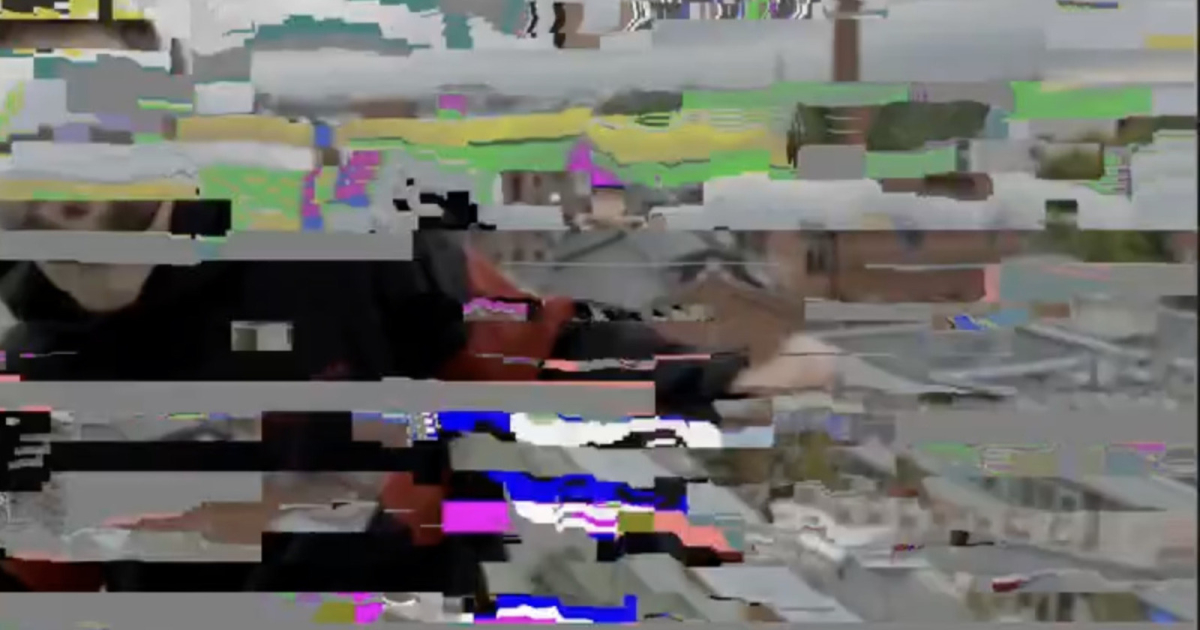
Devils money discovered at medieval cult site
www.popsci.com
A selection of finds from Hezingen. Credit: Jan-Willem de Kort, et al.ShareAn early medieval archeological site in the eastern Netherlands likely hosted cult rituals involving the devils money. But while the ruins indicate a local belief system based on pre-Christian deities, the age of the find suggests a seismic cultural shift. The cultists may have been some of the regions first people to convert to the new faith.Knowledge about early medieval societies across the Germanic-Nordic world varies greatly by region. In some locations, well-excavated sites offer archeologists detailed looks at the cultic belief systems that existed before Christian missionaries first arrived in the 7th and 8th centuries. In others places like the Netherlands, however, knowledge of spiritual life before this religious shift remains more nebulous. These beliefs also werent universal, so the pantheon of early medieval Germany didnt necessarily look exactly the same in the Netherlands.Learning details from this era often comes from archeological findseven those that may initially seem relatively minor. Back in 2019, for example, a group of metal detector enthusiasts discovered multiple ancient coins in a field in the eastern Netherlands. These artifacts quickly drew interest from researchers, who soon traveled to the area to begin work. Over the next two years, a team including Netherlands Cultural Heritage Agency archeologist Jan-Willem de Kort excavated portions of a complex they later named after the nearby hamlet, Hezengin. Their results, published in the journal Medieval Archeology, reveal a pre-Christian society on the verge of a potentially seismic cultural shift.But according to de Kort, the researchers were operating under a deadlinelocal land management plans called for disrupting and possibly destroying any remaining, hidden archeological finds.The research was also born out of necessity, as the site was threatened by nature development, de Kort said in an accompanying statement on Tuesday. This would involve removing the topsoil to encourage the original vegetation (heath) to come back.Their excavations eventually uncovered a large ring of 17 wooden postholes encircling both an unusually shaped building and a potential Herrenofthe home of a local wealthy magnate. Archeologists identified three specific sites inside Hezingen based on where they found various artifacts likely left as offerings to deities. These included gold and silver jewelry, as well as small gold coins known as tremisses. Further investigation of the posthole locations also indicated they were carefully aligned to the spring and autumn equinoxesmeaning that Hezingen likely served as a location for seasonal agricultural rituals and religious rites. Get the Popular Science newsletter Breakthroughs, discoveries, and DIY tips sent every weekday. By signing up you agree to our Terms of Service and Privacy Policy.The four rows of poles are [aligned] exactly east-west. Because of the high elevation, the sun rises here at the spring equinox exactly in the east, said de Kort.While the exact identities of the local gods and goddesses remain unknown, medieval missionary texts hint at who they could have been. In any case, its that the Christian newcomers did not approve of them.The gods that may have been worshipped in Hezingen can be learned from a Saxon baptismal promise, handed down in a 9th-century codex, de Kort and co-authors explain in their paper. This vow mentions the gods UUden (Wodan), Thunr (Donar) and Saxnte (Saxnot), who the reader of the promise must renounce.Missionaries were particularly offended by the gold and silver offerings, which they referred to as diobolgeld, or the devils money. Such extravagant gifts to the gods werent common for most medieval people in the Netherlands.I think that this cult site was mainly used by local elites to emphasize their own status, and of course, you do that pre-eminently with valuables, said de Kort.Archeologists estimate these elites eventually abandoned the Hezingen site by the late 7th or early 8th centuryan interesting timing, given the wider historical context. The team notes some of the first Christian missionaries, Plechelmus and Lebuinus, traveled through the region around 760 CE, while the very first Christian churches were also consecrated around the same time. But Christianity did not become common across the Netherlands for at least another century, implying that Hezingen visitors were some of the first to abandon their devils money in favor of the new religion. Other theories may also help explain Hezingens end.Perhaps the place was abandoned or even desecrated by missionaries, with almost everything of value taken away. Another possibility is that it was looted by thieves, they write.Regardless of the reason, de Kort and colleagues stressed the importance of treating such discoveries with respect and care.[T]he results should be studied with an open mind, they write. Treasure finds should be approached first and foremost not as treasure but as archaeological sites.
0 Comments
·0 Shares
·137 Views










